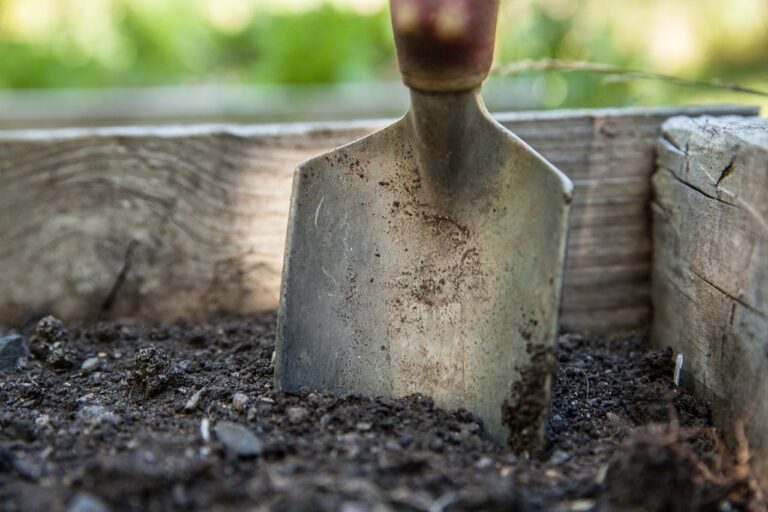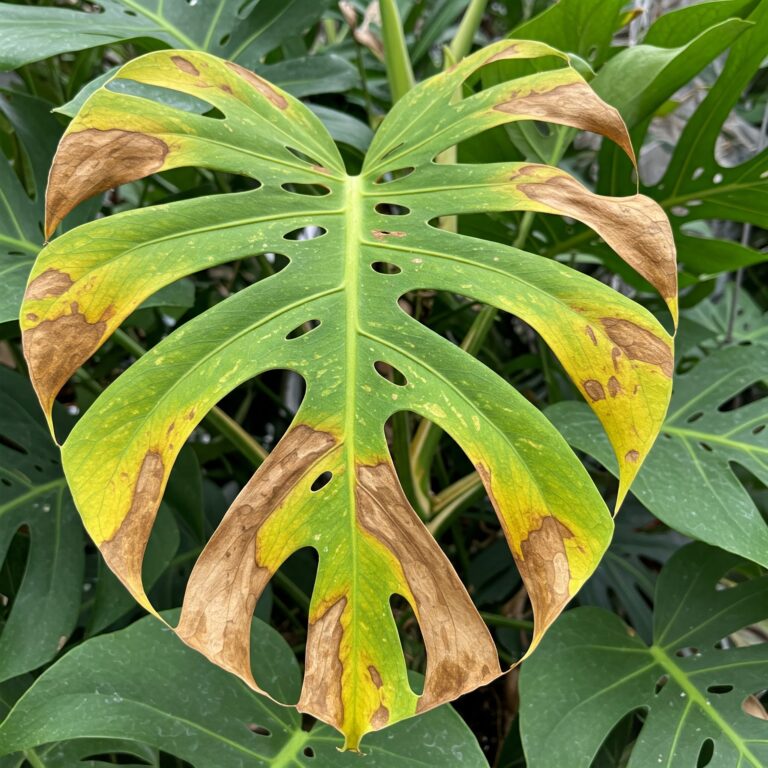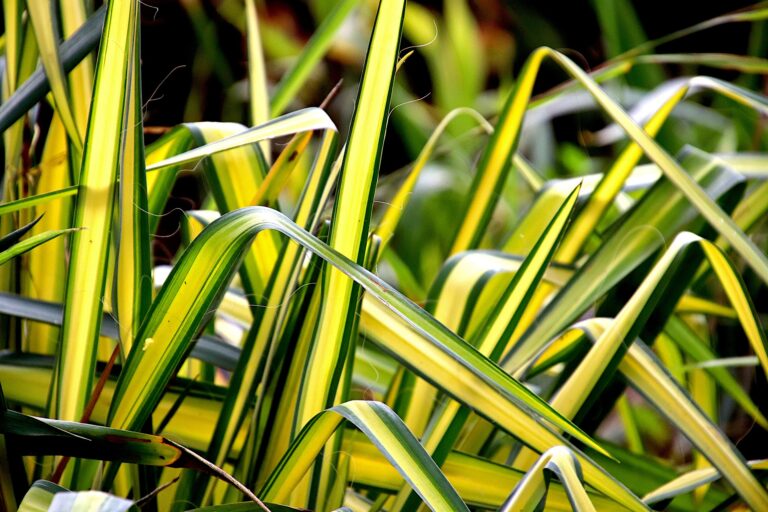The ZZ plant, scientifically known as Zamioculcas zamiifolia, is popular among houseplant enthusiasts due to its attractive glossy foliage, tolerance for low-light conditions, and overall ease of care.
One of the most exciting things is the ability to propagate ZZ plant, which allows you to expand your plant collection or share its beauty with friends and family. Whether you’re a beginner or an experienced plant lover, learning how to propagate a ZZ plant can be rewarding and fulfilling.
So, how can you propagate ZZ plant at home? There are three methods that you can use to propagate the plant. You can propagate from leaves, cuttings, or by division. These methods can create a new plant from the mother plant, and you can grow them almost anywhere.
What is propagation?
Propagation, in simple terms, refers to the process of creating new plants from existing ones. It allows you to harness the plant’s natural ability to generate new roots and shoots, ultimately producing individuals who can thrive independently.
ZZ plants lend themselves well to propagation, as they have robust rhizomes—thick, underground stems—that store nutrients and water, making them resilient and adaptable.
The benefits of propagating ZZ plants are plentiful. Firstly, it allows plant enthusiasts to expand their collections without purchasing additional plants. Secondly, propagating ZZ plants allows you to rejuvenate older, leggy specimens by refreshing their growth and encouraging a more compact habit. Lastly, sharing propagated ZZ plants with friends and loved ones can be a wonderful way to spread the joy of gardening and create lasting connections.
When is the best time to propagate ZZ plant?
The best time to propagate ZZ plants is during the spring and summer months, typically between April and August. During this period, the plant is in its active growth phase, which means it has higher energy reserves and is more likely to produce successful propagations.
You can propagate ZZ plants all year round, but they may take longer to grow roots during cooler months. Warm temperatures and long daylight hours create favourable conditions for root development. You can provide the plant with artificial lighting during cooler months.
However, if you consider the natural growth cycle of ZZ plants, it’s best to avoid propagating during the fall and winter months because the plant is in a dormant phase. At this time, the plant uses it’s energy on root and rhizome development rather than producing new shoots or leaves.
Tools required when propagating the ZZ plant.
Before you start propagating the plant, here is a list of tools that you can use to propagate the plant.
- ZZ plant cuttings
- Rooting medium or water
- Pot or vase
- Rooting hormone
- Clean and sharp scissors
- Potting soil
3 methods to propagate ZZ plant.
You can propagate your ZZ plant by using any of these three methods. They include;
- Leaf cuttings
- Rhizome cuttings
- Division
How to propagate ZZ plant using leaf cuttings.
Select a healthy leaf.
Choose a mature and healthy leaf from the parent ZZ plant. Look for a fully grown leaf, free from any damage or signs of disease.
Prepare the leaf cutting.
Make a clean cut near the leaf’s base using clean, sharp scissors or a knife. Ensure you include a small portion of the rhizome attached to the leaf. The rhizome is a thick, underground stem that stores nutrients and water.
Allow the cutting to callus.
Place the leaf-cutting in a dry location and allow it to dry and callus for a few days. This step helps minimize the rotting risk when the cutting is planted.
Prepare the planting medium.
While the cutting is callusing, prepare a well-draining potting mix. A mixture of perlite, vermiculite, and peat moss or a commercial cactus/succulent mix works well. This type of medium helps prevent waterlogged conditions that can lead to rot.
Plant the leaf cutting.
Once the leaf-cutting has callused, plant it in a small pot filled with the potting mix you prepared. Bury the base of the leaf and rhizome slightly below the soil surface. Gently press the soil around the cutting to provide stability.
Provide the right environment.
Place the potted leaf cutting in a warm and bright location but away from direct sunlight. A temperature range of 65-75°F (18-24°C) is ideal for root development.
Watering and humidity.
Water the cutting lightly, ensuring the soil is moist but not overly wet. Avoid overwatering, as it can lead to rot. Mist the cutting occasionally to provide some humidity, but do not mist excessively.
Patience and care:
Be patient, as the leaf-cutting may take several weeks or even months to develop roots and show signs of new growth. During this time, continue to provide appropriate care by monitoring soil moisture levels and ensuring the plant receives sufficient indirect light.
Transplanting.
Once the propagated ZZ plant has established roots and developed new growth, you can consider transplanting it into a slightly larger pot with regular potting soil. Continue caring for the plant as you would for a mature ZZ plant.
How to propagate ZZ plants using Rhizome cuttings.
Select a healthy rhizome section.
A rhizome is a thick, fleshy, and horizontal stem that grows underground, typically just beneath the soil surface. Choose a healthy section of the rhizome from the parent ZZ plant. Look for a section with one or more stems attached. Ensure that the rhizome is firm, without any signs of damage or rot.
Prepare the rhizome cuttings.
Cut the selected rhizome into smaller sections using clean, sharp scissors or a knife. Each section should have at least one stem and a portion of the rhizome. Make clean cuts to minimize damage.
Prepare the planting medium.
Use a well-draining potting mix for the rhizome cuttings. A mixture of perlite, vermiculite, and peat moss or a commercial cactus/succulent mix works well. Ensure that the medium provides good drainage.
Plant the rhizome cuttings.
Fill small pots with the prepared potting mix. Bury each rhizome cutting slightly below the soil surface, ensuring the attached stem is above the soil level. Gently press the soil around the cuttings for stability.
Provide the right environment.
Place the potted rhizome cuttings in a warm and bright location but away from direct sunlight. Aim for a temperature range of 65-75°F (18-24°C) to promote root development.
Watering and care.
Water the rhizome cuttings lightly, allowing the soil to dry slightly between the waterings. Avoid overwatering, as it can lead to rot. Ensure that the soil remains slightly moist but not saturated. Do not water the leaves directly to prevent rot or fungal issues.
Monitor the plant:
Be patient during the propagation process. The rhizome cuttings may take several weeks or months to develop roots and show signs of new growth. Regularly check the soil’s moisture levels and monitor the cuttings’ health.
Transplant the plant.
Once the propagated ZZ plants have established roots and developed new growth, you can consider transplanting them into slightly larger pots with regular potting soil. Continue caring for the plants as you would for mature ZZ plants.
How to propagate the ZZ plant from divisions.
Choose a mature ZZ plant.
Select a mature ZZ plant that has multiple stems and well-developed rhizomes. Ensure that the plant is healthy and free from any signs of disease or damage. Inspect the whole plant, including the roots.
Prepare for division.
Carefully remove the ZZ plant from its pot, gently shaking off excess soil. This will expose the rhizomes and make them easier to work with.
Identify suitable sections for division.
Inspect the rhizomes and identify areas where they can be easily separated into individual sections. Look for sections with their own set of healthy roots and stems. Each divided section should have at least one stem and a portion of the rhizome attached.
Separate the rhizomes.
Use a clean, sharp knife or shears to carefully cut through the rhizomes, separating them into individual sections. Make clean cuts to minimize damage.
Pot the divided sections.
Prepare small pots with a well-draining potting mix. Place each divided section in a separate pot, burying the rhizome slightly below the soil surface. Gently press the soil around the section for stability.
Provide the right environment.
Place the potted divisions in a warm and bright location, away from direct sunlight. Aim for a temperature range of 65-75°F (18-24°C) to promote root development.
Watering and care.
Water the divisions lightly, ensuring the soil is moist but not overly wet. Allow the soil to dry slightly between waterings to prevent rot. Avoid overwatering, as it can lead to issues such as root rot. Monitor the moisture levels of the soil and adjust watering accordingly.
Patience and monitoring.
Like the other methods, you must be patient during this process because it can take several weeks or months for the divisions to establish and show new signs of growth. Monitor the health of the divisions, ensuring they receive adequate light and water while avoiding excessive moisture.
Transplanting.
Once the propagated ZZ plants have established roots and developed new growth, you can consider transplanting them into slightly larger pots with regular potting soil. Continue caring for the plants as you would for mature ZZ plants.






